We’re all subjects in a massive experiment. Humans have created about 80,000 synthetic industrial compounds — including plastics, the flame retardants that cover our sofas, and pesticides. These compounds have structures that are not commonly seen in nature and present a risk to our health. Everybody on the planet is exposed.
It’s important to understand what these substances are doing to our bodies so that scientists can create a rule book for making these chemicals safer.
The challenge to understanding how dangerous compounds get into our body is complex. The way we have been doing this in the past is to test if a synthetic compound dissolves in fat. If it does then theres a high likelihood that it can easily enter our body’s cells where it can cause harm.
The problem with this method is that it doesn’t always accurately predict how much a compound accumulates in organisms. A historic example of this is DDT which was used on crops to get rid of pests, but ultimately found its way through the food chain. It’s now considered a risk factor for breast cancer in humans.
At UC San Diego’s Scripps Institution of Oceanography, Amro Hamdoun is looking at the biological properties of how these compounds interact with cells. The focus is on how the cell decides which compounds to let in and which ones to eliminate.


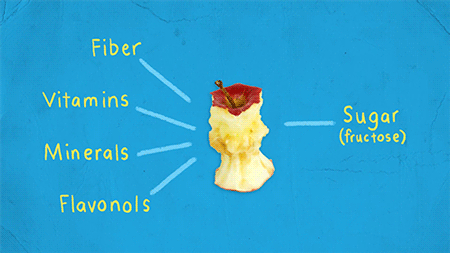
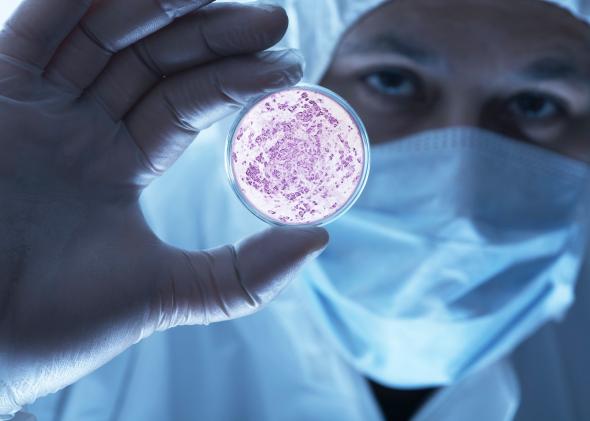
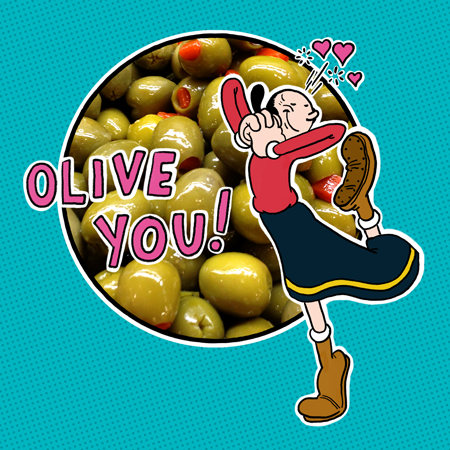
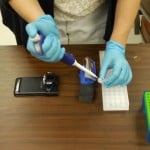 UCLA scientists have developed a cell phone attachment that acts as a microscope and detects pathogens such as E.coli, which contaminates food and drinking water.
UCLA scientists have developed a cell phone attachment that acts as a microscope and detects pathogens such as E.coli, which contaminates food and drinking water.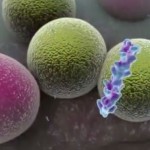 For nearly a decade Wenyuan Shi, a researcher at
For nearly a decade Wenyuan Shi, a researcher at